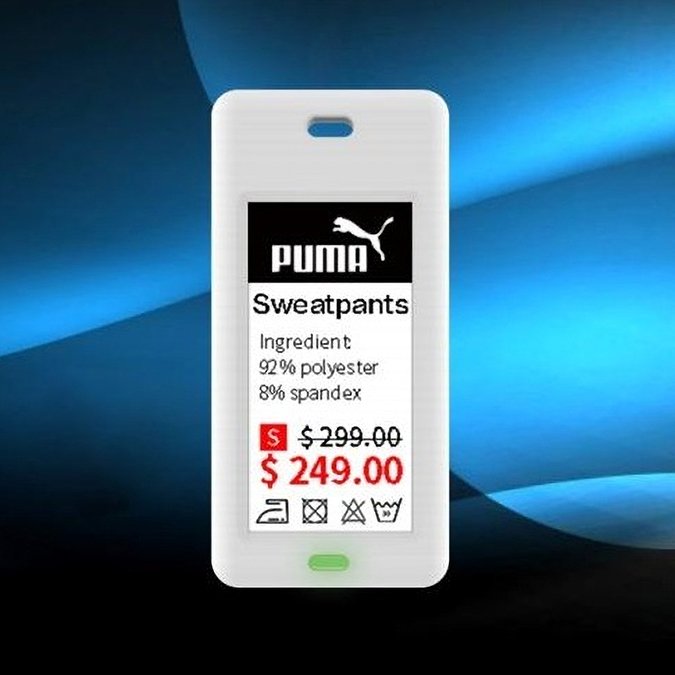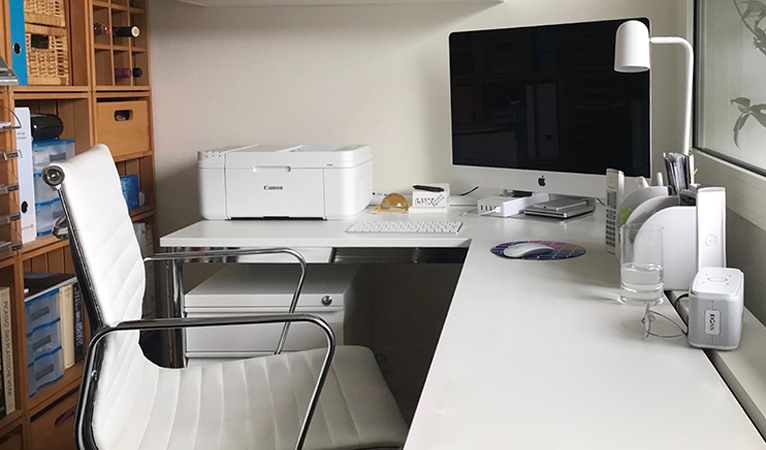The Power of Electronic Shelf Labeling

Electronic Shelf Labeling (ESL) is a revolutionary technology that has transformed the way retail stores manage and display product information. This innovative system replaces traditional paper price tags with digital displays, bringing numerous benefits to both retailers and consumers. In this article, we will explore the concept of Electronic Shelf Labeling and delve into its advantages and implications.
ESL technology utilizes electronic displays that are attached to store shelves. These displays are wirelessly connected to a central system, allowing retailers to update pricing, promotions, and product information in real-time. With ESL, retailers can easily modify prices across multiple stores or even individual shelves with a few clicks, eliminating the need for manual label changes.
One of the key advantages of ESL is its ability to improve pricing accuracy and efficiency. Traditional paper price tags are prone to human errors and time-consuming updates. ESL eliminates these issues by automatically synchronizing prices and promotions with the store's central system. This ensures that prices are consistently accurate across all shelves and minimizes the chances of pricing discrepancies or confusion for customers.
ESL also enables dynamic pricing strategies. Retailers can easily adjust prices in response to market conditions, demand fluctuations, or even time of day. For instance, during off-peak hours, retailers can offer targeted discounts to attract more customers. Such flexibility empowers retailers to optimize pricing strategies and maximize revenue while providing customers with competitive prices.
Additionally, ESL enhances the shopping experience for consumers. The digital displays of ESL allow retailers to provide detailed product information, such as nutritional facts, ingredients, or customer reviews. Customers can access this information effortlessly, making informed purchasing decisions. ESL also enables the display of real-time stock levels, helping customers identify product availability at a glance, reducing frustration and enhancing customer satisfaction.
ESL's digital displays offer a new dimension for marketing and promotions. Retailers can showcase eye-catching visuals, videos, or animations on the electronic labels to grab customers' attention and promote specific products or deals. This interactive element adds a modern and engaging touch to the shopping experience, increasing customer engagement and potential sales.
Furthermore, ESL improves operational efficiency for retailers. With traditional pricing methods, employees need to manually update and verify prices, which can be time-consuming and prone to errors. ESL automates this process, freeing up employees' time, allowing them to focus on customer service and more value-added tasks. Retailers can also gather real-time data and analytics from the ESL system, enabling better inventory management and informed decision-making.
ESL has wider implications for sustainability as well. Traditional paper price tags generate a significant amount of waste as they need to be replaced frequently. ESL eliminates the need for paper tags altogether, reducing paper waste and promoting environmental responsibility. Additionally, the longevity of electronic displays means they can be reused for an extended period, further reducing electronic waste.
As with any technology, there are challenges associated with the implementation of ESL. The initial cost of adopting ESL systems can be substantial, including the investment in hardware, software, and training. However, the long-term benefits, including cost savings from reduced labor and improved operational efficiency, often outweigh the initial investment.
In conclusion, Electronic Shelf Labels has transformed the retail industry by replacing traditional paper price tags with dynamic, digital displays. The advantages of ESL, such as improved pricing accuracy, dynamic pricing strategies, enhanced customer experience, and operational efficiency, make it an invaluable tool for retailers. Moreover, ESL contributes to sustainability efforts by reducing paper waste. As this technology continues to evolve, we can expect ESL to become a standard feature in modern retail environments, revolutionizing the way products are priced, promoted, and displayed.
RECOMMENDED FOR YOU
What are the advantages of the best infant car seats?
July 20, 2024









